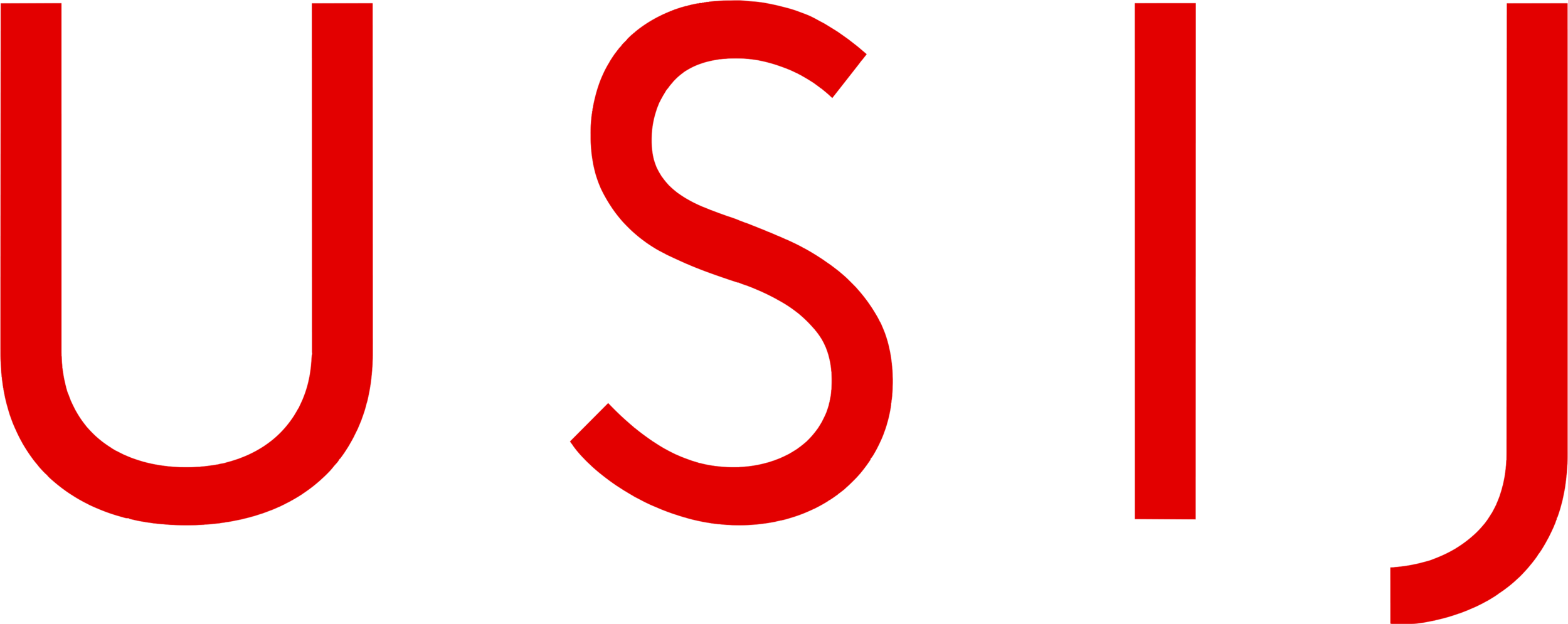Chris Israel Testimony at Small Business Committee Hearing
Chairman Chabot, Ranking Member Velázquez and Members of the Committee,
It is an honor to participate in this important hearing today focused on the role of intellectual property in supporting small business development and growth.
I am here on behalf of the Alliance for U.S. Startups and Inventors for Jobs (USIJ). USIJ is a coalition of over 30 startup companies and their affiliated executives, inventors and investors that depend on reliable patent protection as a foundation for their businesses.
It is difficult and perilous to start any new company from scratch. For companies built around a new invention or committed to solving a complex problem, it also requires investors with a strong appetite for risk. To incentivize risk from inventors and investors that results in true technological breakthroughs, we have the promise of patent protection to help ensure returns despite this risk.
Unfortunately, over the past 15 years we have seen the foundations of the U.S. patent system eroded by court decisions and changes in U.S. law. The results should alarm members of this committee.
USIJ is releasing today the results of our study of trends in venture capital investment from 2004-2017 that I have included in my testimony. I would like to touch on a few of the key conclusions of our study and offer some recommendations on how Congress and the Administration can strengthen the U.S. patent system to better support startups in key technology sectors.
To be clear, not all small businesses and startups depend on patents for their success. Many do not and some even disdain patents as a burden. But companies that invest heavily in R&D to create breakthroughs in strategically critical technologies do depend on patents to protect them from predatory behavior of would-be competitors anxious to copy any new product or technology once it is proven workable.
Over the past 15 years, however, a concerted effort often under the guise of fighting “patent trolls,” has resulted in the elimination of injunctive relief for patent owners, significant limitations on the ability of inventors to even obtain patents in key areas of life sciences and software, and a procedure at USPTO that allows an open-ended opportunity for anyone to challenge any valid U.S. patent, multiple times, and often without any business reason for doing so.
So how is the market reacting to all of this? As you would expect.
Even though total venture capital investment in the United States increased nearly fourfold over the past 15 years, the portion committed to small businesses in important technology sectors has declined significantly.
In 2004, 21% of all venture capital funding in the U.S. went to the following strategic, patent intensive sectors:
Internet networking and software
Wireless communications
Operating system software
Semiconductors
Drug Discovery
Medical Devices
In 2017, only 3.2% of all VC funding in the U.S. went to these sectors.
So, who are the beneficiaries of this relative decline in funding for strategically critical technologies?
In 2004, 11% of all VC funding in the U.S. went to the following sectors:
Social network platforms
Software apps
B2C technologies
Financial services
By 2017, 33% of all VC funding in the U.S. went to these same sectors.
While the latter group has certainly led to some interesting products and services, and some very well-known and ubiquitous global companies, these are not sectors that are investing heavily to push the outer boundaries of science and technology to remain competitive in a global market.
These declines are shocking unless one believes that the U.S. can maintain its technological leadership with minimal investment in startups that are working in the areas of new drug discovery, networking equipment, cyber security, AI, medical devices, biotechnology, semiconductors, computer hardware and a host of other core industrial sectors, while one third of the funding for new companies in the U.S. goes to apps, social media, and online shopping and banking platforms.
The good news is that there are some specific things Congress and the USPTO can do immediately to revitalize the U.S. patent system for inventive small businesses:
These include:
Passage of the STRONGER Patents Act
Providing statutory clarity for patentability of life sciences and software inventions under Section 101 of the Patent Act.
In addition, USPTO can make some needed reforms to its post-grant review procedures:
We strongly support the pending rule change to discontinue use of the BRI standard for claim construction.
Patent owners should be allowed reasonable opportunity to amend claim during IPR proceeding.
USPTO should also address serial attacks on patents held by small companies by larger competitors working in collaboration and with surrogates. This has become a major problem for technology startups.
Mr. Chairman I appreciate the opportunity to participate in this hearing and I look forward to your questions.
